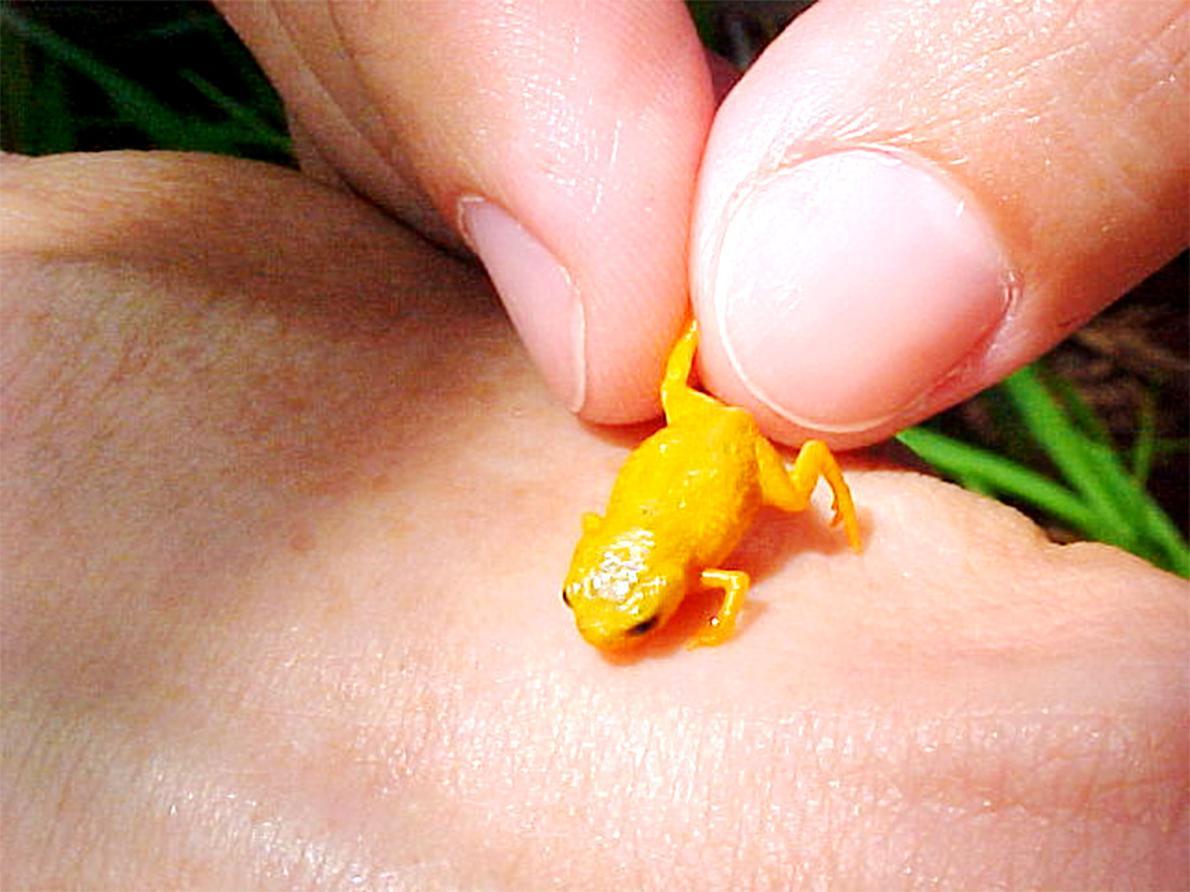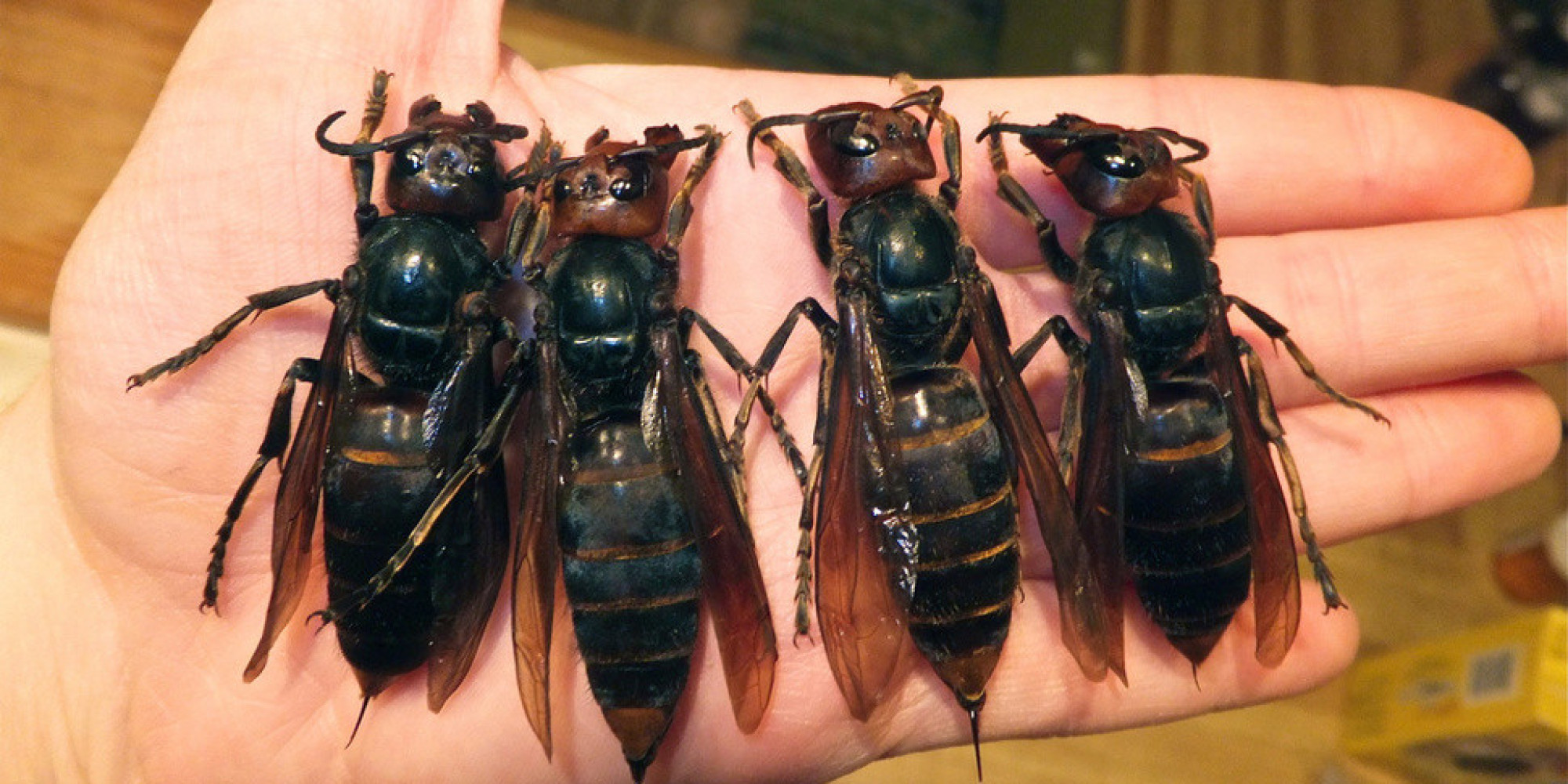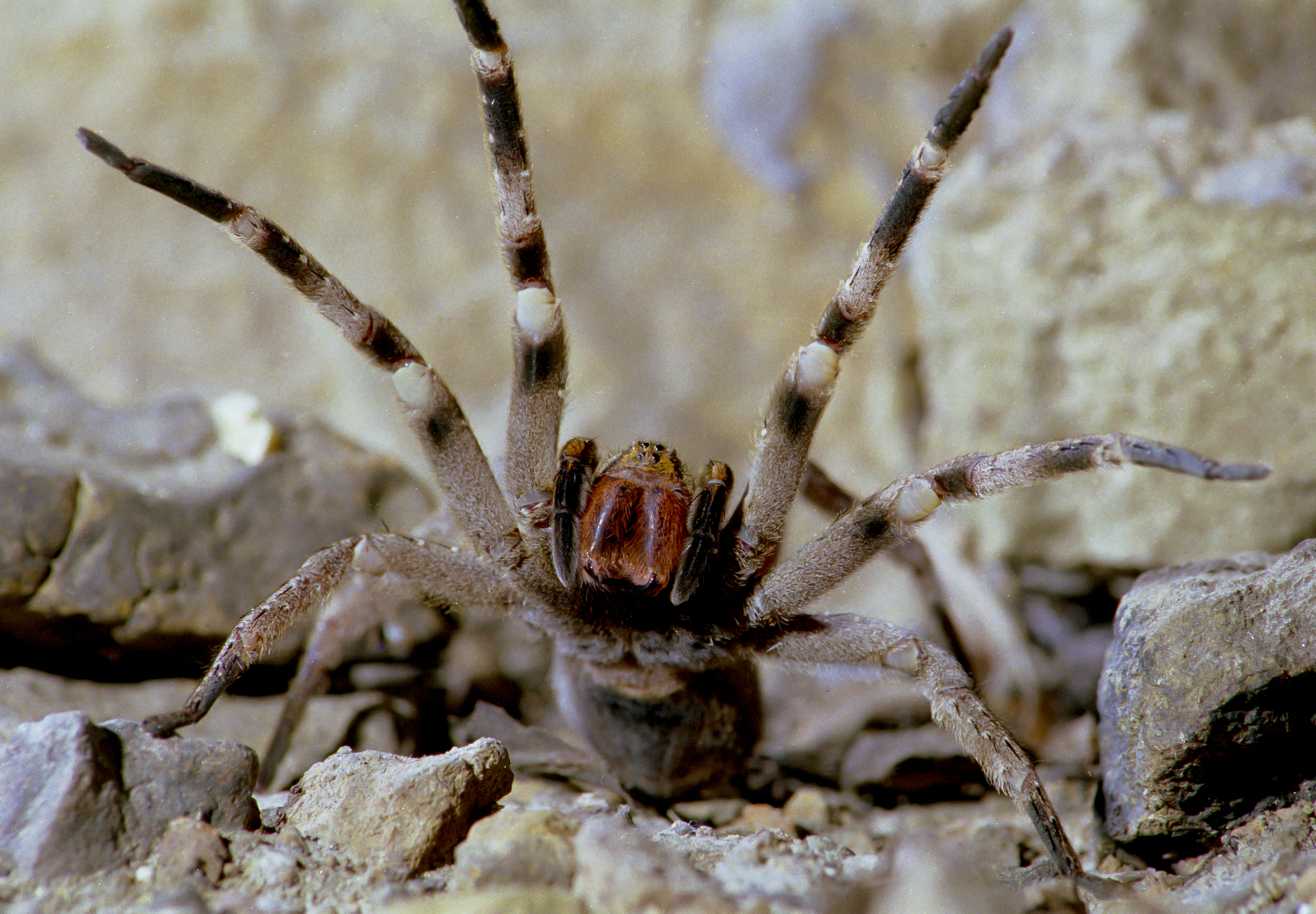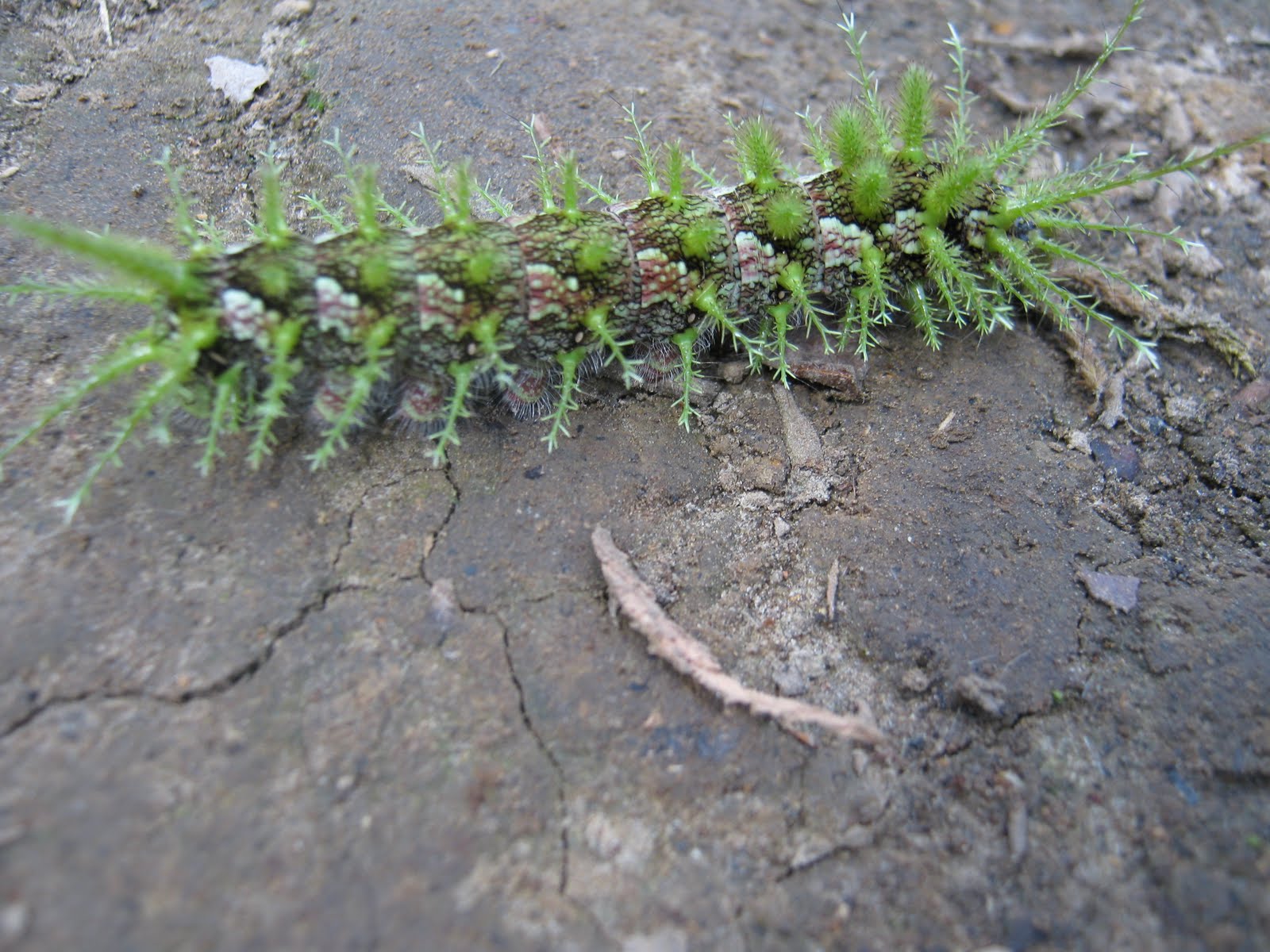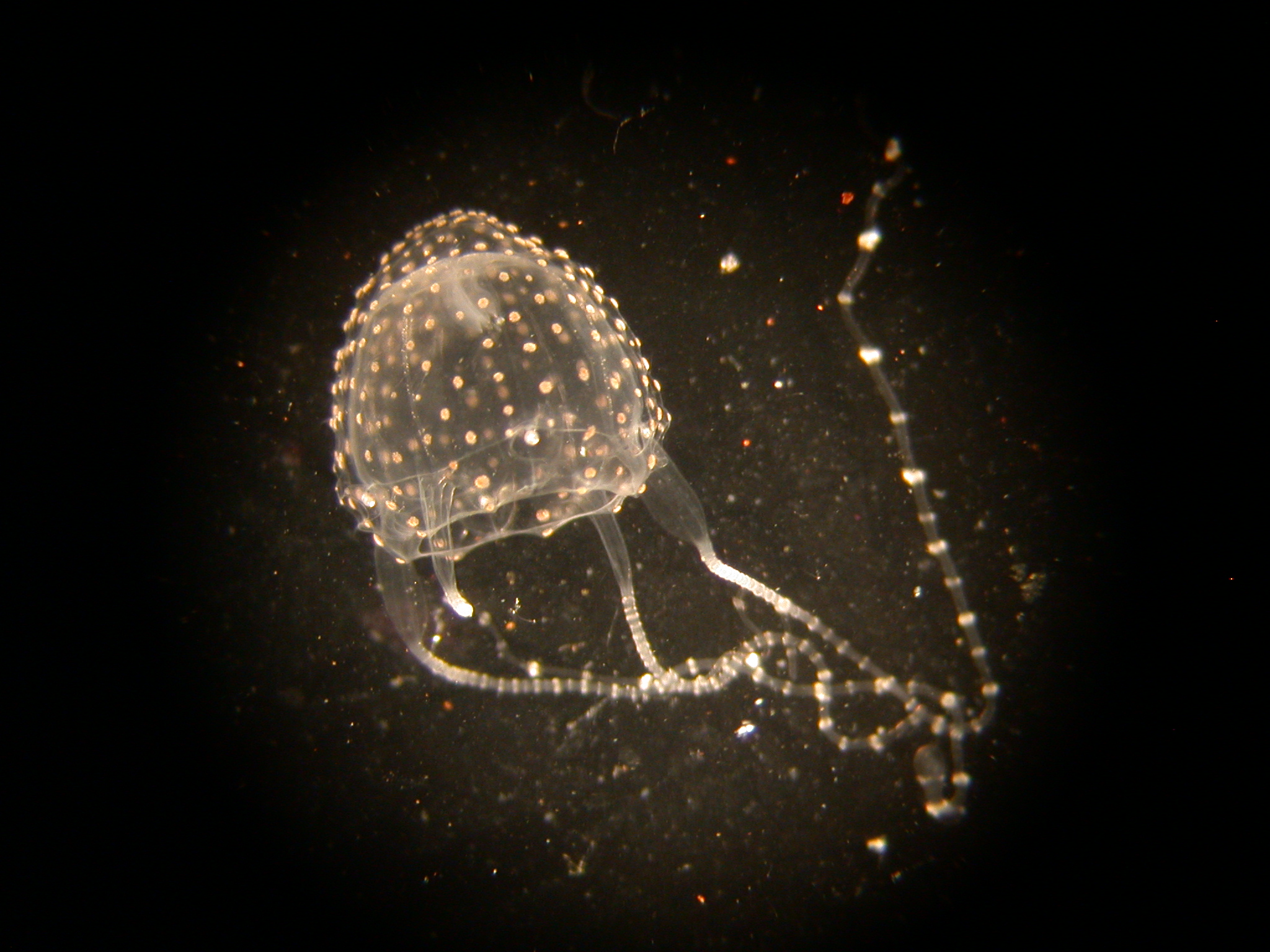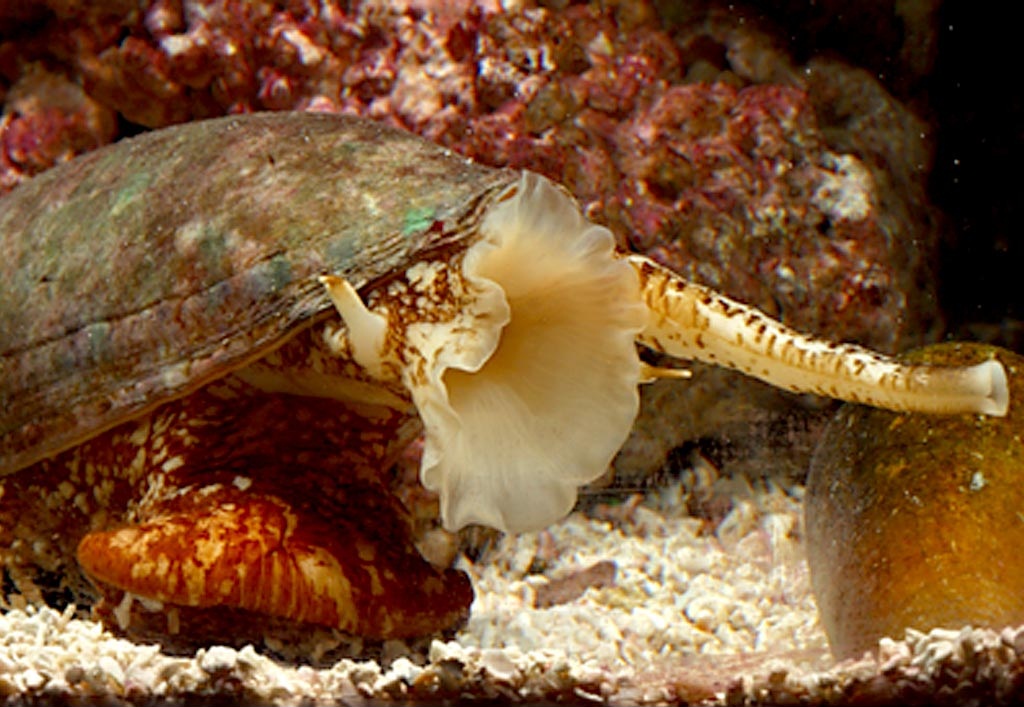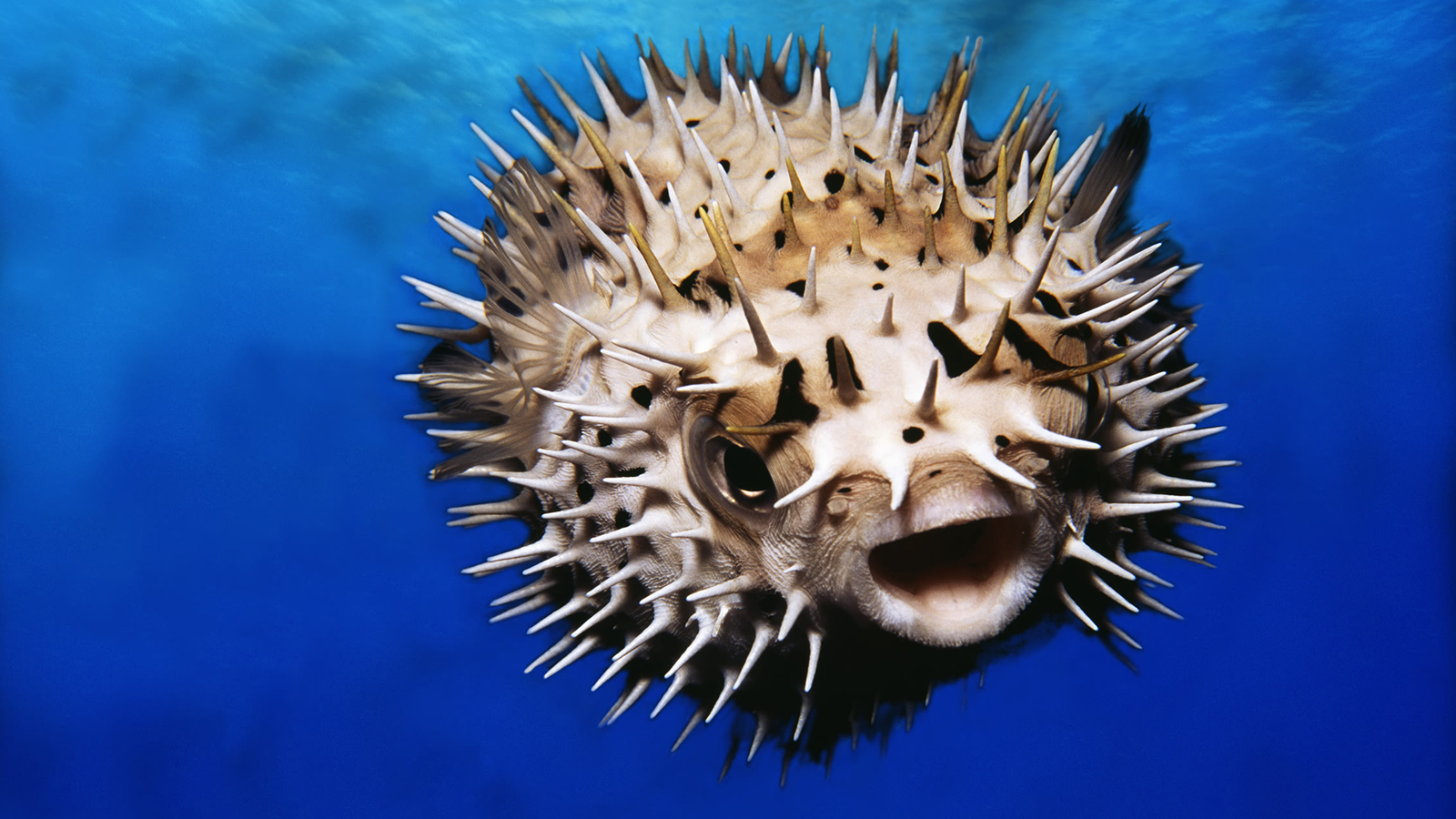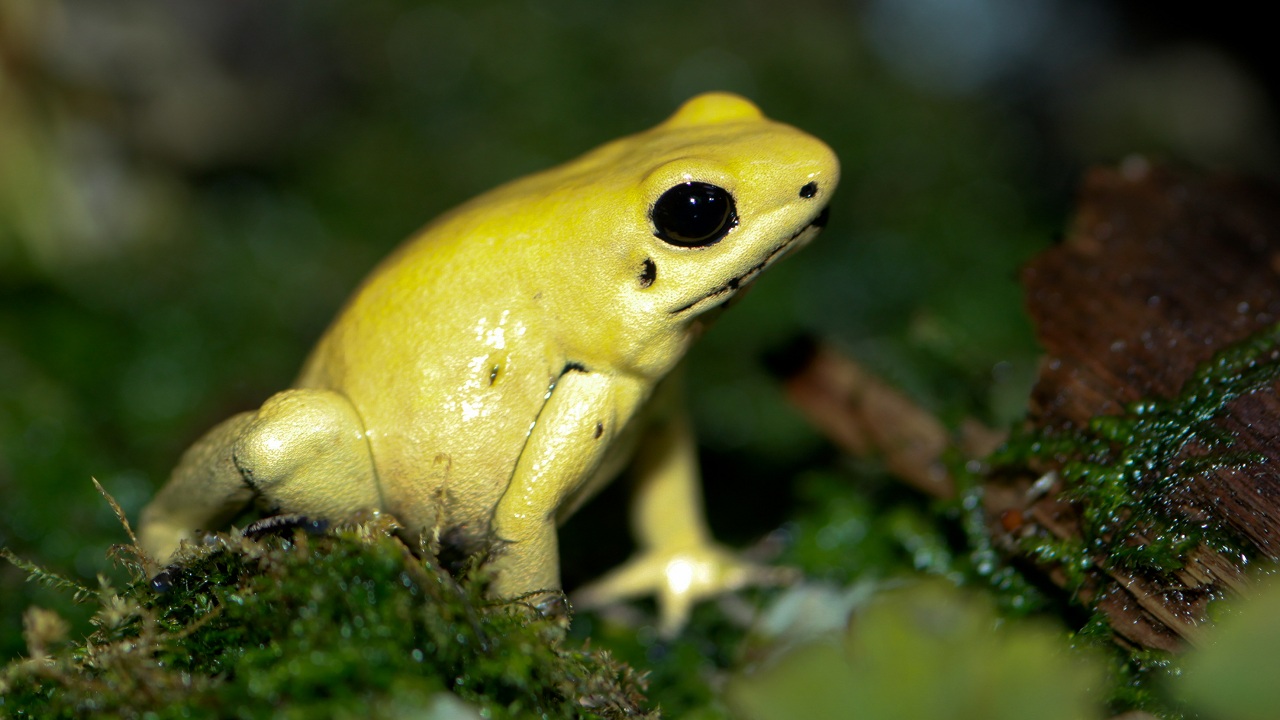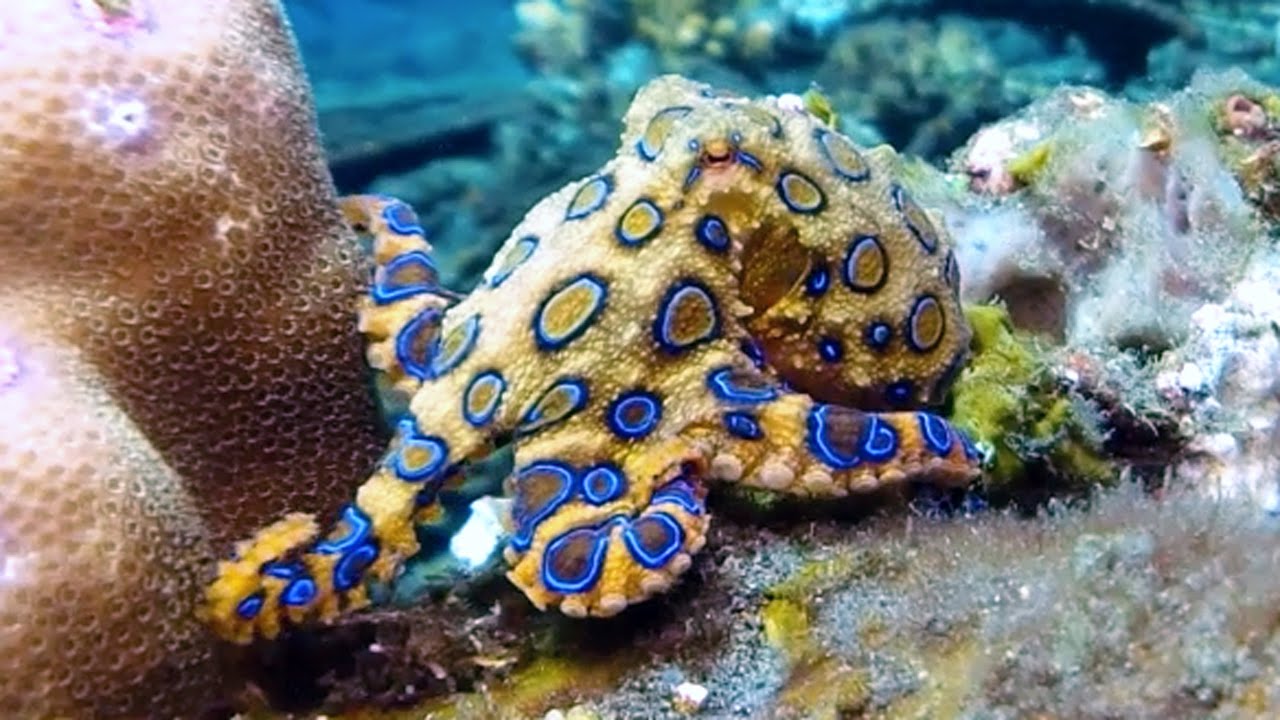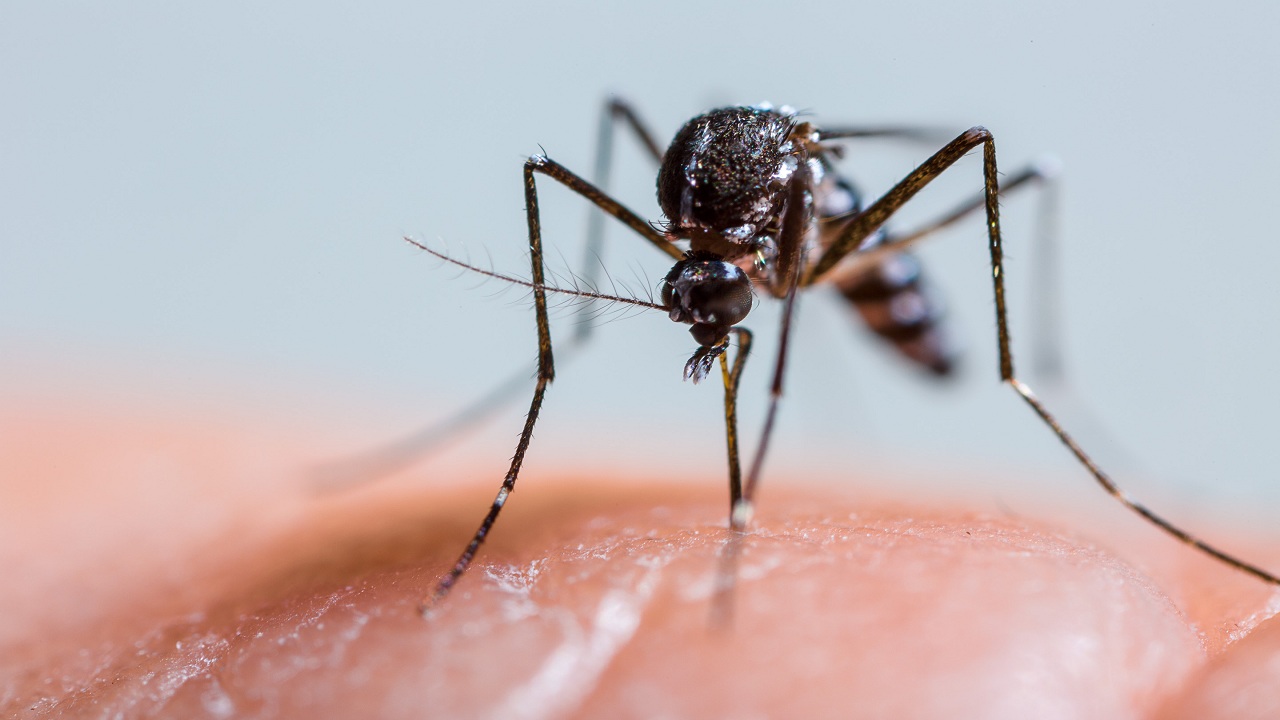#1 The Asian Green Hornet
The Asian green hornet is the largest species of hornet and it is also one of the most dangerous. These hornets are responsible for killing at least 40 humans each year. They live among humans and when they attack, they do so in swarms. Their stingers are sharp enough to pierce leather. Unlike typical hornets, they can sting their victim over and over again with their venom, which can disintegrate human flesh. If the sting isn’t treated, the victim can go into shock or into cardiac arrest. In some cases, multiple organ failure is possible.
#2 The Deathstalker
The Deathstalker is a species of scorpion and it is the most dangerous type on the planet. This scorpion uses 6 different neurotoxins when it stings its victims and it attacks the nerve tissue. The scorpion’s venom is especially lethal to children, the elderly, and adults with heart problems. When a person dies from a sting from these scorpions, the cause of death is often inflammation of the pancreas or a fluid buildup in the lungs. Healthy adults can also be killed by these scorpions if they have an allergic reaction to the sting.
#3 The Brazilian Wandering Spider
A bite from this spider is painful and deadly. The serotonin in its venom will send a blinding pain through the body. The neurotoxin will shut down every organ in the body. Because there are anti-venoms for this spider, not too many people die from the bites. If the victim doesn’t receive the anti-toxin, it can result in asphyxiation and paralysis. It can also cause a loss of muscle control.
#4 Lonomia Caterpillar
This caterpillar can administer its venom through its sharp hairs that completely cover their skin. It got its name because it killed several people in a Brazilian community. The people who were affected by the caterpillar’s venom suffered from bruised blood and several other gangrenous symptoms. This insect just needs to touch your for you to be affected.
#5 Irukandji Jellyfish
This venomous jellyfish is translucent, therefore, it is invisible when it is in the water. It has stingers on its tentacles. When it stings, it releases millions of needles that are microscopic and filled with venom. The stingers cause the body to flood with stress hormones, which create a feeling of doom. This is called Irukandji syndrome. Soon, the victim’s blood pressure will go through the roof which will cause a hemorrhage in the brain. This can kill the victim very quickly.
#6 Geographic Cone Snail
This is a very dangerous snail, as its venom consists of hundreds of different types of venom. When it sees its victim, it will propel it’s harpoon tooth into their skin. Since 1705, there have been over 30 deaths. The victim will then become paralyzed. Without medical treatment, the victim will go into a coma and then their respiratory and cardiac systems will collapse and fail. If this happens, the victim will likely die. The sooner the victim gets treatment, the better.
#7 Puffer Fish
The puffer fish contains a toxin that is 1,200 times more deadly than cyanide. Oddly, it is still a delicacy in Japan. In order for a chef to be allowed to prepare this fish and serve it legally, they need to train for two years. Still, 5 people die each year from eating it each year. Many Japanese people are willing to take the risk for a good meal. The poison in just one fish is enough to kill 30 grown men.
#8 The Golden Dart Frog
This tiny frog looks cute and harmless, however, it is very dangerous. It is one of the most toxic animals on the planet and it has enough poison in it to kill 10 adults. It is often found in the Colombian rainforests. When it stings its victim, the poison will cause the muscles to contract which causes a rapid heartbeat. In some cases, the victim can go into heart failure. Don’t let this cute little guy fool you, he is one of the 10 little creatures that could kill you.
#9 The Blue Ringed Octopus
This octopus weighs less than a slice of bread but it can kill up to 26 people in minutes. The octopus’ venom contains 10 toxins. One of the toxins is more dangerous than the venom of any other land animal. The octopus’ beak is strong enough to penetrate a wetsuit so it can easily pass the venom to its victim. The bite is not painful, however, it will paralyze the victim and send them into respiratory failure. The only treatment for the reaction is several hours of heart massage. Also, artificial respiration may be necessary until the poison wears off. It usually takes 24 hours. Without the proper medical treatment, the victim could die.
#10 The Mosquito
You can sit outside on a summer night and see hundreds of mosquitoes. The reason that mosquitoes made this list is because they are known for transmitting parasites, bacterial diseases, and viruses. Each year, 750,000 people are killed by mosquito-borne diseases. One of these diseases is malaria. Over 600,000 million people come down with it each year. There is not much that a person can do when it comes to avoiding mosquitoes. The only way to avoid them is to wear bug spray and long clothing when you go outdoors and avoid standing pools of water at night.

